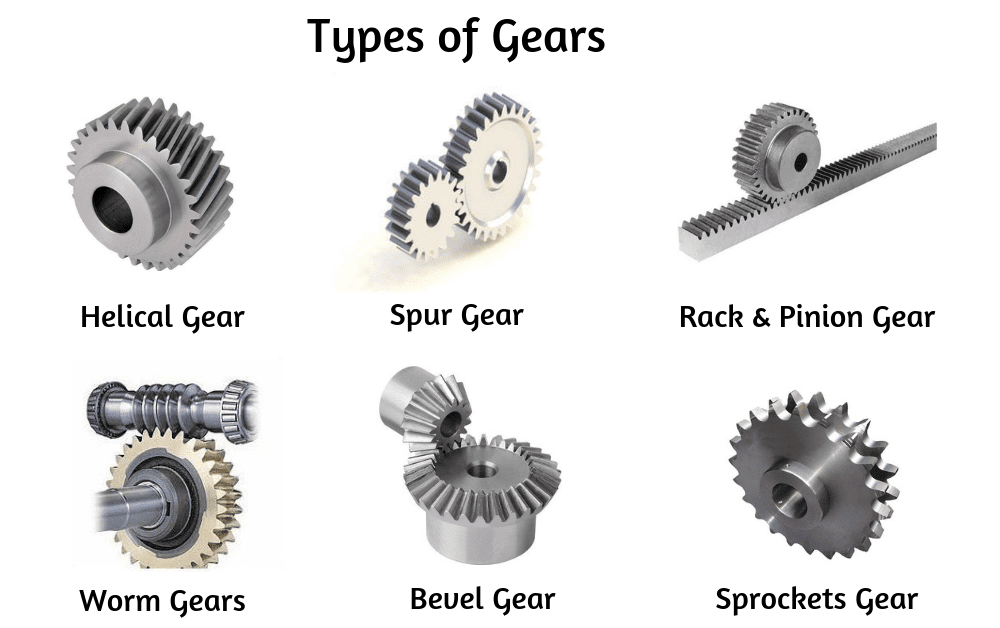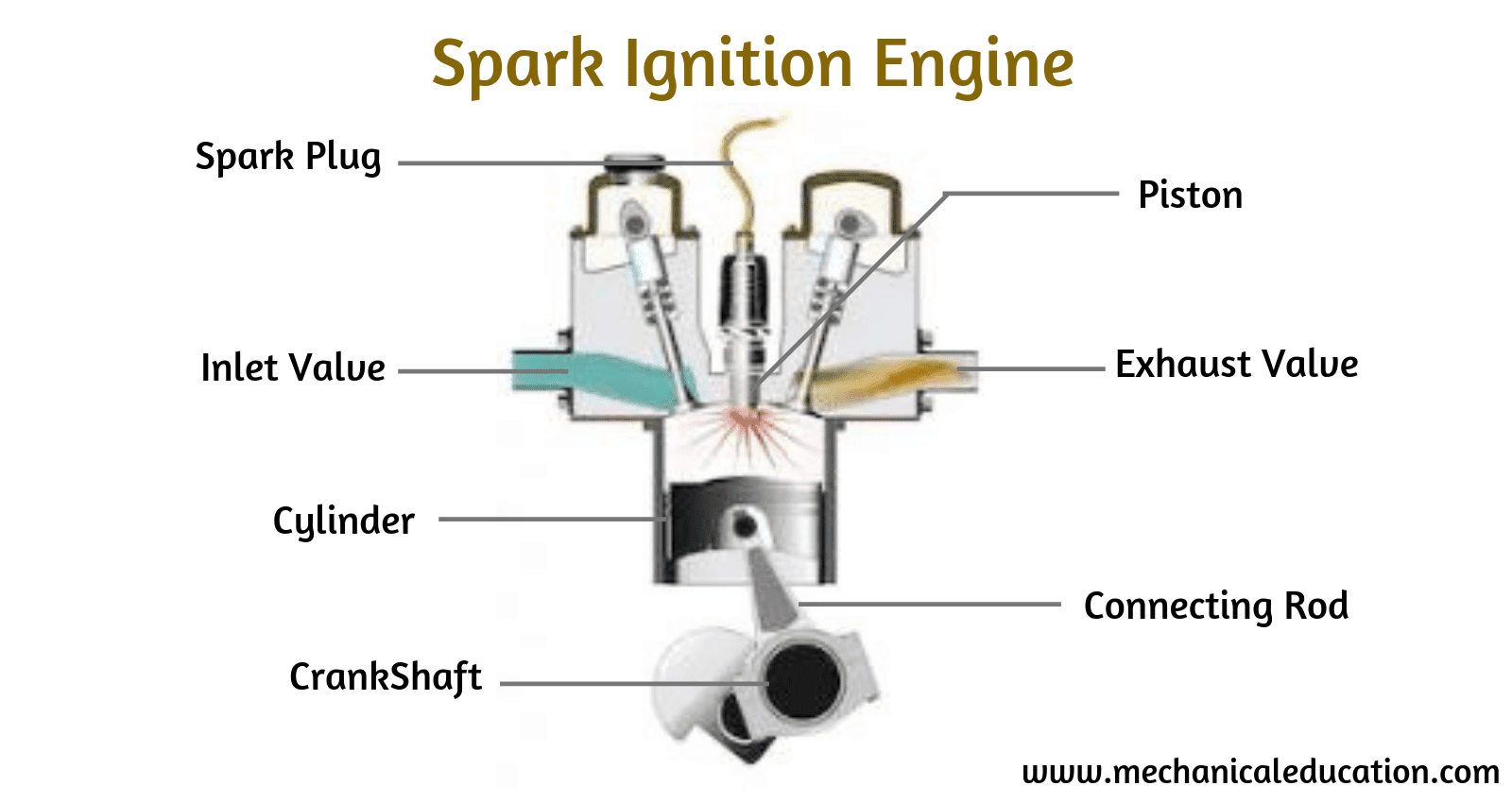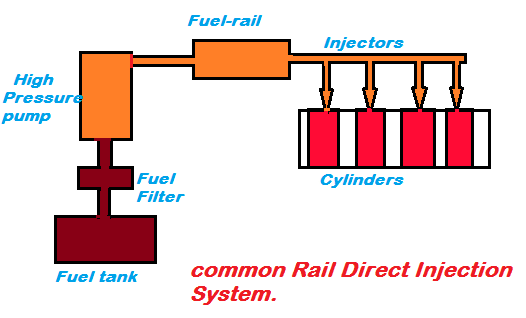Introduction: Many car owners have heard of timing belts, but did you know that there are also timing tapes? A timing tape is an alternative to a traditional timing belt. It’s a less common option, but it provides certain advantages over traditional belts. In this blog post, we’ll explain what a timing tape is and how it works.
What Is A Timing Tape?
A timing tape is made of metal strips secured together by rivets. They provide the same benefits as a traditional belt, such as controlling valve movement in an engine. However, since they’re more robust than belts, they can often last longer than traditional belts.
How Does It Work?
Timing tapes work in much the same way as traditional belts. They are secured to two gear-like cogs on either side of the engine and rotate when the engine runs. As they rotate, they help control the opening and closing of valves within the engine according to the precise design specifications set forth by the manufacturer. The metal strips ensure that each cog remains firmly in place while rotating at precise intervals dictated by the design requirements for optimal engine performance and efficiency.
What Are The Benefits Of A Timing Tape?
The primary benefit of using a timing tape instead of a traditional belt is that it offers improved longevity due to its more robust construction. Additionally, it may be easier to install than a belt since there are no teeth or grooves to align in order for it to properly fit on the gears on either side of the engine block. This makes replacing your old belt with a new one much easier since you don’t need specialized tools or knowledge in order to do so correctly. Finally, since there are no teeth or grooves on the metal strips that make up a timing tape, they can often hold up better under extreme temperatures or conditions than those found on typical belts which could lead to improved reliability over time under such conditions as well.
Conclusion:
Timing tapes are not as common as traditional belts but offer certain advantages over them due to their more robust construction and ease of installation when replacing them with new ones every few years (or sooner depending on manufacturer guidelines). If you’re looking for an alternative to a traditional belt for your vehicle, then consider giving a timing tape a try – you just may find that it offers increased longevity and reliability compared with its more commonly used counterpart!
Frequently asked questions
1.What is a timing tape, and what is its primary purpose?
A timing tape is a calibrated strip or label applied to a rotating component, such as a crankshaft or pulley, to measure the timing or rotation of that component within an engine or machinery.
2.How does a timing tape work to measure timing or rotation?
The tape typically has markings or divisions that represent specific degrees of rotation. When the marked component rotates, you can visually or electronically track its position relative to the tape to determine the timing.
3.Where are timing tapes commonly used in automotive applications?
Timing tapes are often used in engine tuning and timing procedures, such as setting ignition timing, camshaft timing, and checking valve timing in internal combustion engines.
4.Are timing tapes specific to certain engine types or sizes?
Timing tapes can be generic, but for precise measurements, it’s advisable to use a tape calibrated for the particular engine type and size.
5.Can timing tapes be used for non-automotive applications?
Yes, timing tapes are versatile and can be used in various machinery and equipment where precise timing or rotational measurements are required.
6.Are there different types of timing tapes available?
Timing tapes can vary in design, with some featuring circular markings for camshaft timing and others having linear markings for measuring linear motion or conveyor belt speed.
7.Are there digital or electronic alternatives to timing tapes for measuring rotation and timing?
Yes, digital tools like timing lights and sensors can provide more accurate and automated measurements, but timing tapes remain valuable for quick visual reference.
8.How accurate are timing tapes for measuring engine timing and rotation?
The accuracy of timing tapes depends on their quality and calibration. High-quality tapes can provide precise measurements within a fraction of a degree.
9.Can timing tapes be used in conjunction with other tools for engine tuning and diagnostics?
Yes, timing tapes are often used alongside tools like timing lights and degree wheels to ensure accurate engine timing and performance.
10.Are timing tapes easy to install and remove from engine components?
Timing tapes are usually adhesive-backed and relatively easy to install. They can also be removed without causing damage to the components, making them a convenient tool for engine tuning and diagnostics.
Timing tapes are essential tools for engine mechanics and enthusiasts, providing a visual and reference point for precise timing and rotation measurements. When used correctly, they help ensure that engine components are operating in sync, leading to optimal engine performance.




